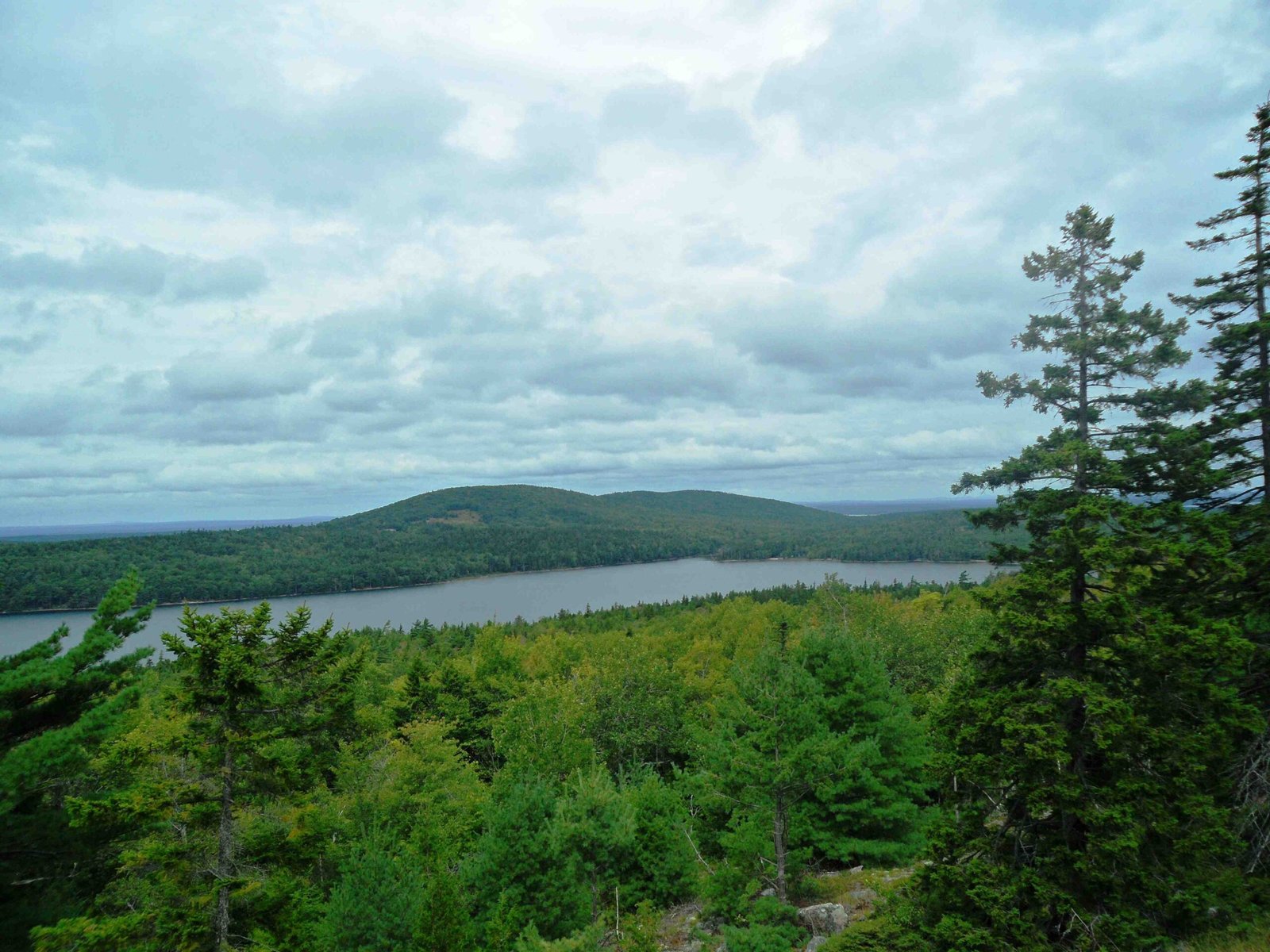Acadia National Park hiking boot patch is a crucial consideration for visitors planning to explore the park’s diverse trails. While there are no specific patches sold within the park, understanding the requirements for hiking footwear, maintenance, and repair options is essential for a safe and enjoyable hiking experience. This guide covers everything from boot specifications to repair methods, ensuring hikers are well-prepared for Acadia’s terrain.
What Are the Specific Requirements for Hiking Boots at Acadia National Park?

When preparing for a hike in Acadia National Park, choosing the right footwear is crucial. The park’s diverse terrain demands sturdy and reliable hiking boots. Here are the key requirements:
- Sturdy Construction: Boots should be well-built to withstand rocky and uneven surfaces.
- Ankle Support: High-top boots that provide ankle support are recommended for most trails.
- Lug Soles: Boots with deep, grippy lug soles offer the best traction on various surfaces.
- Water Resistance: While not mandatory, water-resistant or waterproof boots are beneficial, especially during wet seasons.
It’s important to note that while these are recommendations, there are no strict regulations enforcing specific boot types. However, adhering to these guidelines will significantly enhance your hiking experience and safety.
Where Can I Find Hiking Boot Patches for Acadia National Park?

Unfortunately, Acadia National Park does not sell specific hiking boot patches within the park. However, hikers can prepare for potential boot repairs by:
- Purchasing general hiking boot repair kits before their trip
- Visiting outdoor gear stores in nearby towns like Bar Harbor
- Ordering patches or repair materials online before the trip
While park-specific patches aren’t available, being prepared with general repair materials is a wise precaution for any hiker.
How Can I Repair My Hiking Boots During a Trip to Acadia?
Even the best hiking boots can suffer wear and tear during a challenging hike. Here are some quick repair methods for common issues:
- Sole Separation:
- Clean the detached area
- Apply a strong adhesive like Shoe Goo
-
Clamp and allow to dry for 24 hours
-
Fabric Tears:
- Clean the area around the tear
- Apply a fabric patch or use a fabric repair kit
-
Secure with fabric glue or Seam Grip
-
Loose Laces or Eyelets:
- Replace broken laces
- Use pliers to tighten loose eyelets
- Consider carrying spare laces in your pack
Remember, these are temporary fixes. It’s always best to have your boots professionally repaired once you return from your trip.
What Are the Guidelines for Hiking Boot Use in Acadia National Park?
Acadia National Park has specific guidelines to ensure hiker safety and preserve the natural environment. Here’s what you need to know:
- Trail-Specific Recommendations:
- Carriage Roads: Sneakers or walking shoes are acceptable
- Easy Shore Trails: Light hiking shoes are sufficient
-
Most Hiking Trails: Sturdy hiking boots with ankle support and lug soles are recommended
-
Safety Precautions:
- Break in new boots before your trip to prevent blisters
- Ensure your boots fit properly, allowing room for thick socks
-
Check your boots for damage before each hike
-
Environmental Considerations:
- Stay on marked trails to prevent erosion
- Clean your boots after each hike to avoid spreading invasive species
- Follow Leave No Trace principles, including packing out all trash
How Do I Choose the Right Hiking Boots for Acadia National Park?
Selecting the perfect hiking boots for Acadia can make or break your experience. Consider the following factors:
- Terrain Compatibility:
- Acadia features diverse terrain, from rocky coastlines to forested mountains
-
Choose boots with versatile tread patterns suitable for various surfaces
-
Weather Resistance:
- Acadia’s weather can be unpredictable
-
Opt for water-resistant or waterproof boots to keep feet dry
-
Comfort and Fit:
- Ensure proper fit with room for toes to move
-
Consider boots with cushioned insoles for long hikes
-
Durability:
- Look for boots made with high-quality, abrasion-resistant materials
- Reinforced toe caps can provide extra protection on rocky trails
| Boot Feature | Importance | Reason |
|---|---|---|
| Ankle Support | High | Prevents sprains on uneven terrain |
| Waterproofing | Medium | Protects against unexpected wet conditions |
| Breathability | Medium | Keeps feet comfortable in varying temperatures |
| Weight | Low to Medium | Lighter boots reduce fatigue on long hikes |
What Should I Pack for Boot Maintenance During My Acadia Trip?
Being prepared for boot issues can save your hiking trip. Here’s a checklist of items to pack:
- [ ] Strong adhesive (e.g., Shoe Goo)
- [ ] Fabric patches
- [ ] Seam sealer
- [ ] Spare laces
- [ ] Small brush for cleaning
- [ ] Waterproofing spray
- [ ] Blister prevention and treatment supplies
These items will help you address most common boot problems you might encounter during your hike.
How Often Should I Replace My Hiking Boots for Acadia Trips?
The lifespan of hiking boots can vary greatly depending on usage and care. However, here are some general guidelines:
- Mileage: Consider replacing boots after 500-1000 miles of use
- Visible Wear: Check for worn-out soles, separation of parts, or significant fabric damage
- Comfort Changes: If boots no longer provide adequate support or comfort, it’s time for a replacement
- Annual Assessment: Evaluate your boots’ condition at least once a year, especially before a major trip
Remember, well-maintained boots last longer. Regular cleaning, proper storage, and timely repairs can extend the life of your hiking boots significantly.
By following these guidelines and being prepared for potential boot issues, you’ll be ready to tackle the beautiful trails of Acadia National Park with confidence. Remember, the right footwear is your foundation for a safe and enjoyable hiking experience in this stunning natural wonderland.

